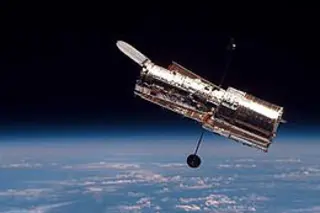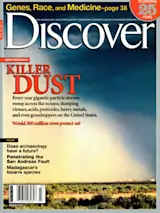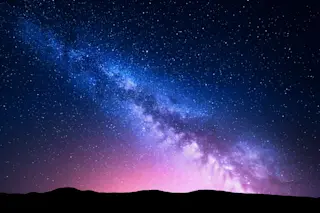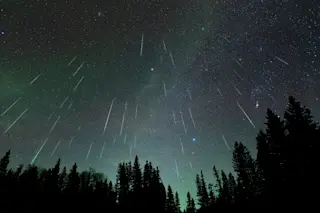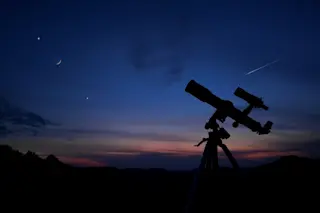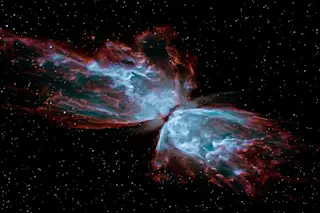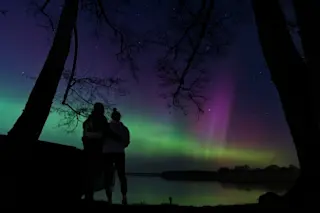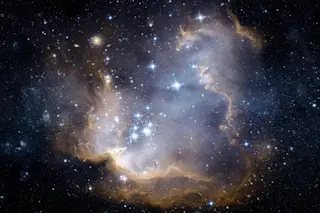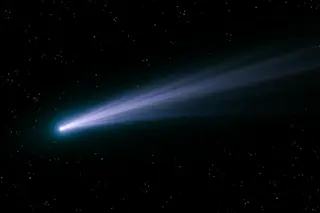The debate over the Hubble Space Telescope will not go away. After NASA administrator Sean O’Keefe announced plans to scrap the famous telescope on January 16, 2004, public and scientific outcry inspired several plans to save it. Now, just as Hubble’s future was looking brighter, the telescope has run into one of the greatest enemies of big science projects: money. If NASA’s proposed 2006 budget passes, there will be no Hubble rescue mission and the telescope will probably die by 2008. “I think it’s a tragedy for the nation. It’s a tragedy for science. I think it’s a tragedy for everyone who’s curious about the universe,” says John Bahcall from the Institute of Advanced Study in Princeton.
For Bahcall and Hubble’s other boosters, the latest news caps a roller-coaster year of mixed signals about the telescope’s fate. O’Keefe initially refused to authorize a space shuttle flight to repair and upgrade ...


